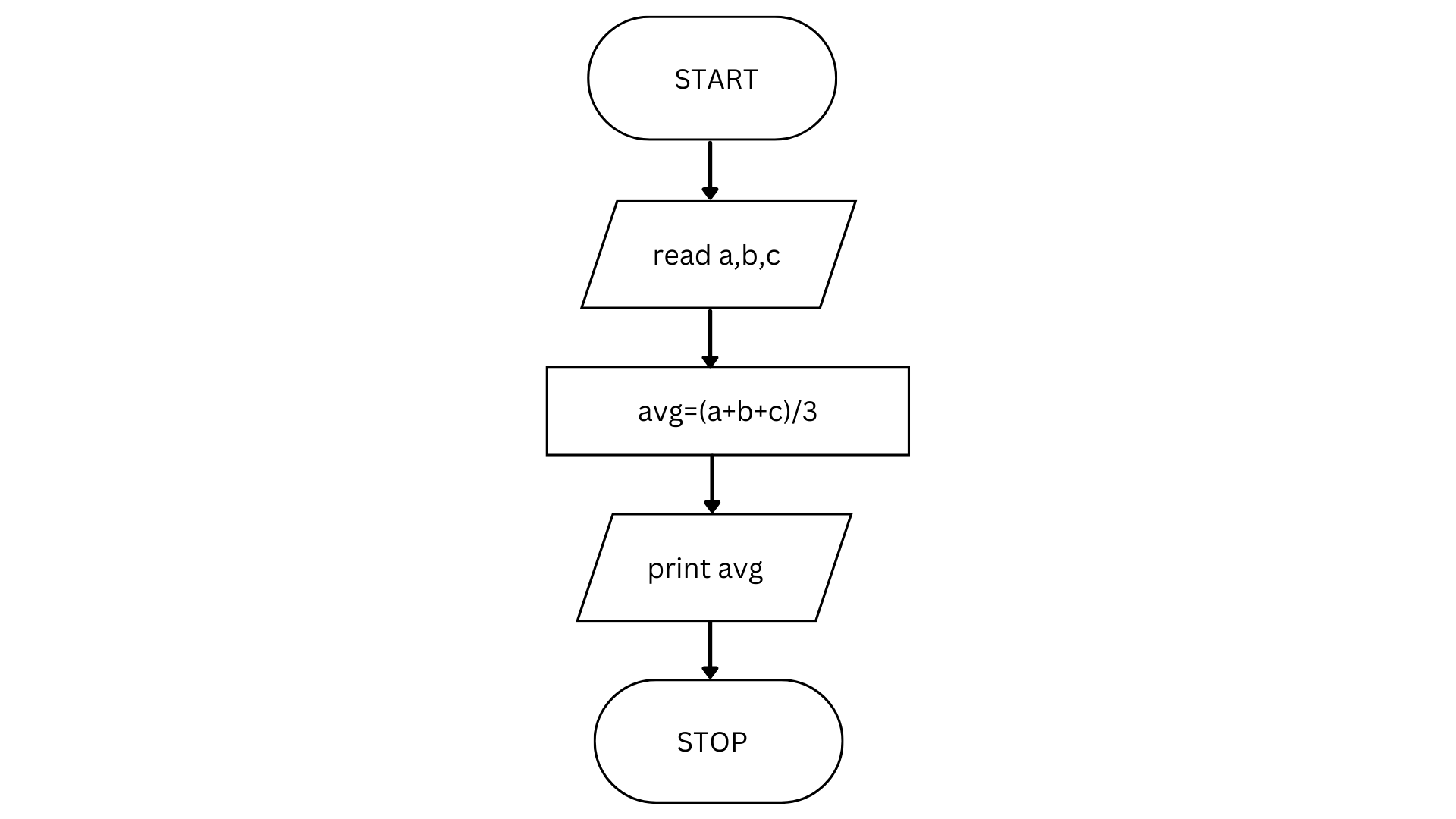Fundamentals of Algorithms
 Suneet Nankani
Suneet Nankani
You might have heard the term “Algorithms” while finding an approach for a problem. But what exactly does it mean? Well, in simple terms, an algorithm, in its simplest form, is a recipe for solving a problem. Think of it as a step-by-step guide for accomplishing a task. Technically speaking, it is a set of precise instructions designed to solve a specific problem.
In computer programming terms, "an algorithm is a set of well-defined instructions to solve a particular problem. It takes a set of inputs and produces the desired output."
In the world of computer science, algorithms are the essential building blocks that power nearly every aspect of technology we encounter in our daily lives. These step-by-step procedures serve as the guiding principles behind the software, data analysis, and optimization of countless digital processes. In this comprehensive exploration, we'll dive into the core of algorithms, from their fundamental concepts to their critical role in the world of technology.
Breaking Down Algorithms
To understand algorithms better, let's dissect them into their primary components:
Input: Every algorithm starts with data, which serves as the raw material for the computation.
Processing: Algorithms perform operations or computations on the input data.
Output: The result or output is the solution to the problem or the goal achieved.
But now the question is what is the need for Algorithms,
Efficiency: They enable computers to perform tasks with speed and accuracy, from searching the web to processing data.
Problem Solving: Algorithms provide systematic approaches to solving problems, driving innovation in various domains.
Reproducibility: In research and data analysis, algorithms ensure consistent and replicable results.
Let’s make it simple using an example :
Here’s an example to find the average of three numbers,
START
Take the three numbers as inputs in variables a, b, and c, respectively.
Declare an integer variable avg to store the average of the 3 numbers.
Add the 3 numbers, divide by 3, and store the result in the variable avg.
Print the value of the variable avg.
END

fig: Flowchart
Algorithm Analysis
Algorithm analysis is the process of evaluating and understanding the performance characteristics of algorithms. It involves assessing how efficiently an algorithm solves a problem by analyzing its time complexity, space complexity, and other relevant factors.
Time Complexity: Time complexity refers to the amount of time an algorithm takes to complete based on the input size. It is usually expressed as a function of the input size (n) and provides an upper bound on the number of basic operations an algorithm performs. Time is an important factor while dealing with algorithms as it should be optimal and perform the desired operations in a small amount of time and give the output. For example, nobody would like to wait for too long to get the results from a search engine.
Now there are some notations while calculating the time complexity of an algorithm,
Big O Notation (O): Represents the upper bound on the worst-case running time of an algorithm. For example, O(n) means linear time, O(log n) means logarithmic time, and O(1) means constant time.
Omega Notation (Ω): Represents the lower bound on the best-case running time of an algorithm.
Theta Notation (Θ): Represents both the upper and lower bounds on the running time, indicating that the algorithm's performance is tightly bounded.
Space Complexity: Space complexity refers to the amount of memory space an algorithm uses relative to the input size. It provides an upper bound on the total memory(RAM) required by the algorithm as a function of the input size. Space complexity is crucial, especially in environments with limited memory resources.
Examples of Algorithms developed by Big Tech Giants
1] PageRank Algorithm by Google: PageRank is a proprietary algorithm developed by Google's co-founders, Larry Page and Sergey Brin, while they were at Stanford University. It's the foundation of Google's search engine, used to rank web pages in search results based on their relevance and importance. The core idea is that the importance of a webpage is determined by the number and quality of links pointing to it.
How It Works:
PageRank treats the web as a graph, where web pages are nodes, and hyperlinks between pages are directed edges.
Each web page starts with an initial PageRank score.
PageRank is calculated iteratively. In each iteration, each page's score is updated based on the scores of the pages linking to it.
The PageRank score of a page is divided among the pages it links to. So, a page with a high score that links to many other pages passes on its importance.
The process continues until PageRank scores converge, and the most relevant pages are ranked highest in search results.
2] Recommendation Algorithm by Netflix: Netflix employs various recommendation algorithms to personalize user experiences and improve content discovery.
How It Works:
Netflix collects data on user behavior, such as what users watch, when they watch it, and how they rate content.
The algorithm uses this data to create user profiles and identify patterns in user preferences.
Content-based recommendation: It recommends content similar to what a user has previously watched or liked.
Collaborative filtering: It identifies users with similar viewing histories and recommends content based on what similar users have watched.
Matrix factorization: It decomposes user-item interaction matrices to predict user preferences and make recommendations.
Deep learning models: Netflix employs deep neural networks to enhance recommendations.
Algorithms are at the forefront of business success
Google's latest search algorithm makes it billions of dollars.
Machine Learning and Deep Learning drive innovation, from Netflix recommendations to Tesla self-driving cars.
Algorithms are the brains behind technology, revolutionizing industries and shaping our future.
I hope you enjoyed reading this and now you have a clear understanding of the “Fundamentals of Algorithm”. Feel free to give any suggestions or feedback in the comments below.
Enjoy Learning!!
References
Subscribe to my newsletter
Read articles from Suneet Nankani directly inside your inbox. Subscribe to the newsletter, and don't miss out.
Written by

Suneet Nankani
Suneet Nankani
I am a passionate Computer Science student on a journey to explore the endless possibilities of technology.